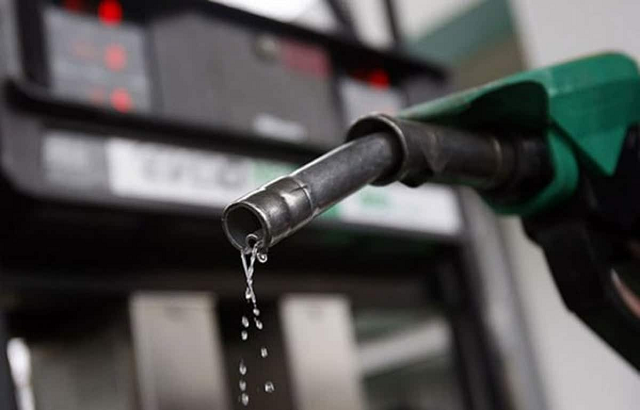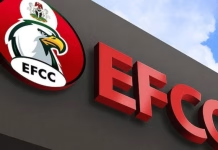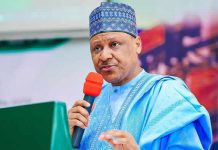The sustained rise in global crude oil prices has raised the landing cost of imported petrol closer to the current pump prices of the product in the country and appears to have caused a return to the petrol subsidy era.
The price of crude oil at the international market has seen upward movement in recent weeks, moving from $41.51 per barrel to close at $51.22 per barrel on December 31.
Petroleum marketers had anticipated a fresh increase in the price of the product to reflect the rise in crude oil prices.
However, a N5 reduction in petrol price, effective December 14, was announced by the Federal Government – a development that left them reeling in shock and questioning the deregulation of petrol price.
Crude oil price accounts for a large chunk of the final cost of petrol, and the country has continued to spend so much on petrol imports for many years amid low domestic refining capacity.
READ ALSO: AMCON Seeks Support For Recovery Of N4.4tn Debt
The Minister of State for Petroleum Resources, Timipre Sylva, had said in September last year that the Federal Government had stepped back in fixing the price of petrol, adding that market forces and crude oil price would determine the cost of the product.
The Federal Government removed petrol subsidy in March 2020 after reducing the pump price of the product to N125 per litre from N145 on the back of the sharp drop in crude oil prices. The price reduction lasted till June.
Nigerians saw increases in the pump prices of petrol in four months, rising from N121.50–N123.50 per litre in June to N140.80-N143.80 in July, N148-N150 in August, N158-N162 in September and N163-N170 in November.
Brent, the international oil benchmark, has risen by about 35 per cent since November 13 when the pump price of petrol was last increased. It closed at $55.99 per barrel on Friday, its highest level in 11 months.
Going by the petrol pricing template of the Petroleum Products Pricing Regulatory Agency, the landing cost of petrol rose from an average of N143.60 in December to N158.53 per litre on January 7, with the expected open market price (retail price) being N181.53 per litre.
The product is currently being sold at between N160 and N165 per litre at many filling stations in Lagos.
The cost of petrol quoted on Platts rose to $480.25 per metric tonne (N139.67 per litre, using N390/$1) last Thursday from an average of $430.107 per MT (N125.09 per litre) in December. The cost of petrol averaged $391.75 per MT (N113.24 per litre) in July, according to PPPRA’s template.
Apart from the increase in global crude oil prices, the devaluation of the naira last year also led to a significant rise in the cost of imported petrol.
The PPPRA used an exchange rate of N306.90/$1 on January 14, 2020 to calculate the cost of petrol, while N387.63/$1 was used on July 31.
The naira closed at 393.50 against the dollar on Friday at the Investors’ and Exporters’ Foreign Exchange Window, and 472/$1 at the parallel market.
As of January 7, the cost of petrol plus freight stood at $500.72 per MT, translating to N145.62 per litre.
Other cost elements that make up the landing cost include lightering expenses (N4.57), insurance cost (N0.21), Nigerian Ports Authority charge (N2.38), Nigerian Maritime Administration and Safety Agency charge (N0.23), jetty throughput charge (N1.61), storage charge (N2.58), and financing (N1.33).
The pump price is the sum of the landing cost, wholesale margin and the distribution margins. The wholesale margin is N4.03 while the distribution margins comprise transporters allowance (N3.89), retailer (N6.19), bridging fund (N7.51), marine transport average (N0.15), and admin charge (N1.23).
The NNPC, which has been the sole importer of petrol into the country in recent years, is still being relied upon by marketers for the supply of the product despite the deregulation of the downstream petroleum sector.
Private oil marketing firms have continued to bemoan their inability to access foreign exchange at the official rates has hampered efforts to resume petrol importation.
If the pump price of petrol remains the same amid the rising oil prices, it means the NNPC would again be responsible for the latest subsidy cost on behalf of the government as it did for several years before it was scrapped last year.













